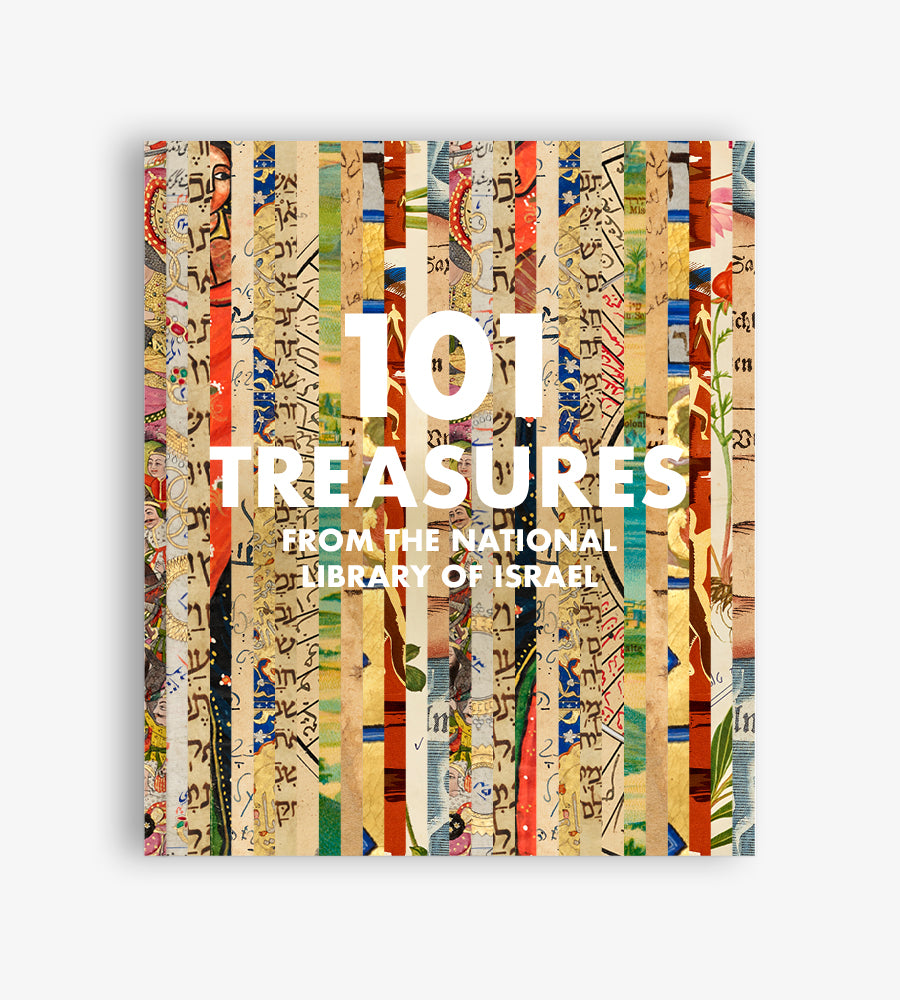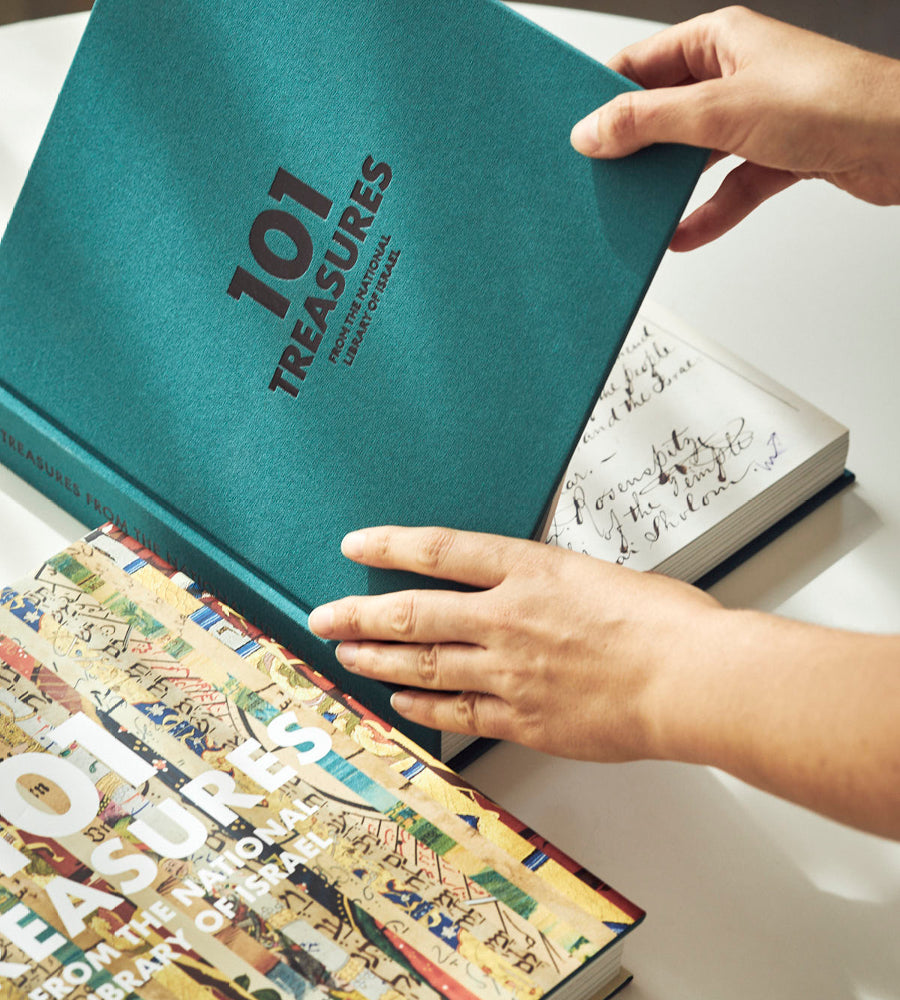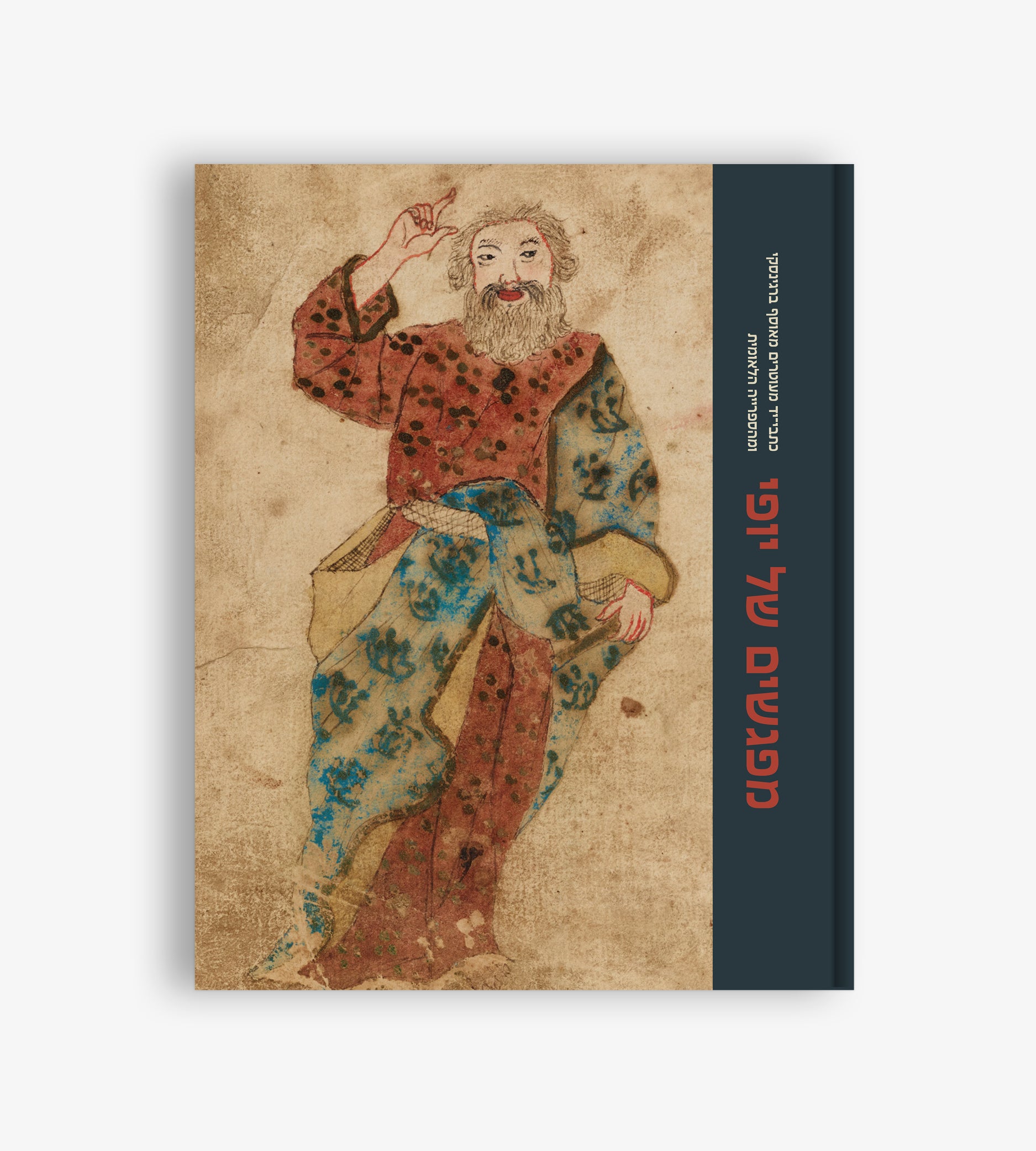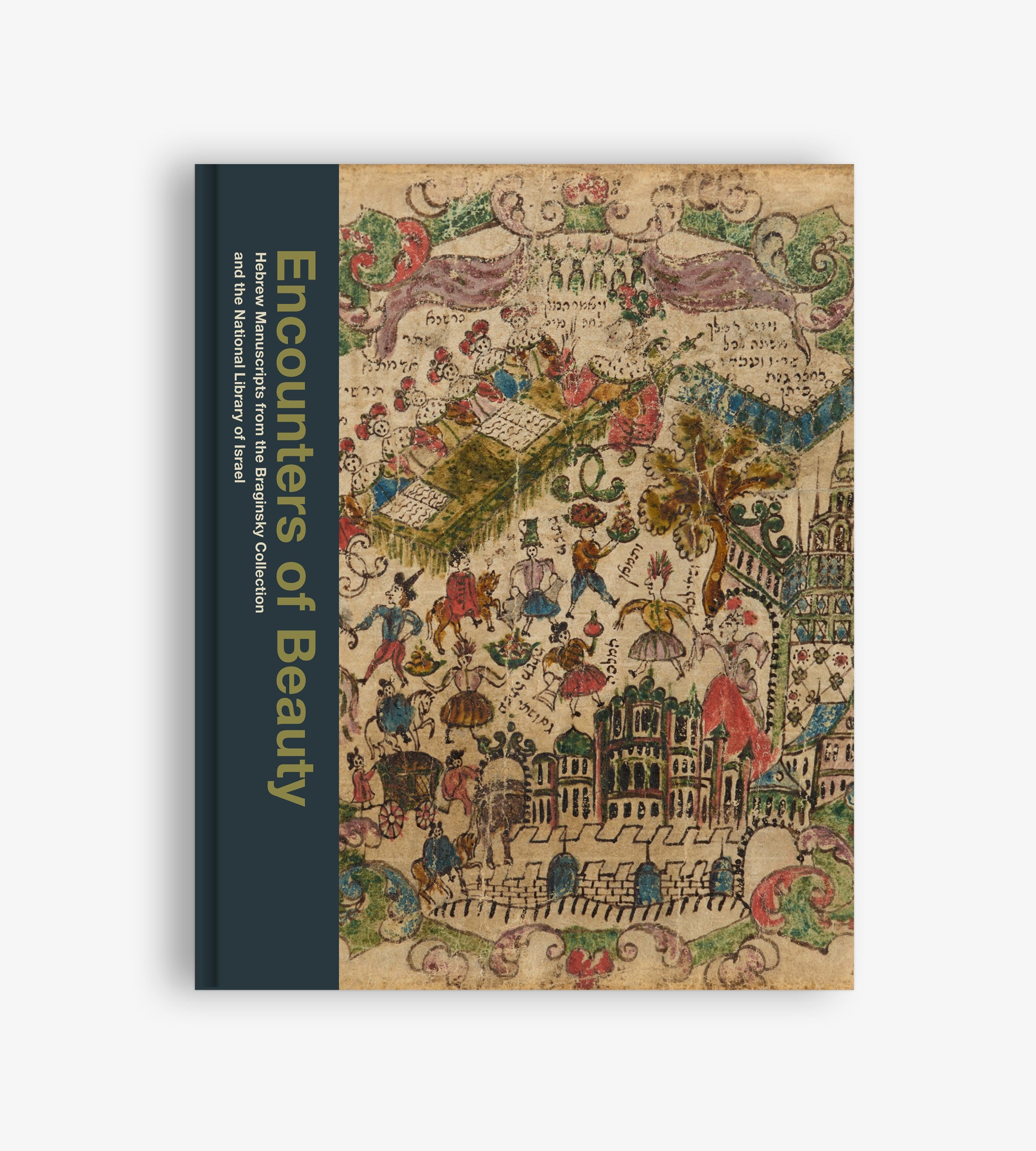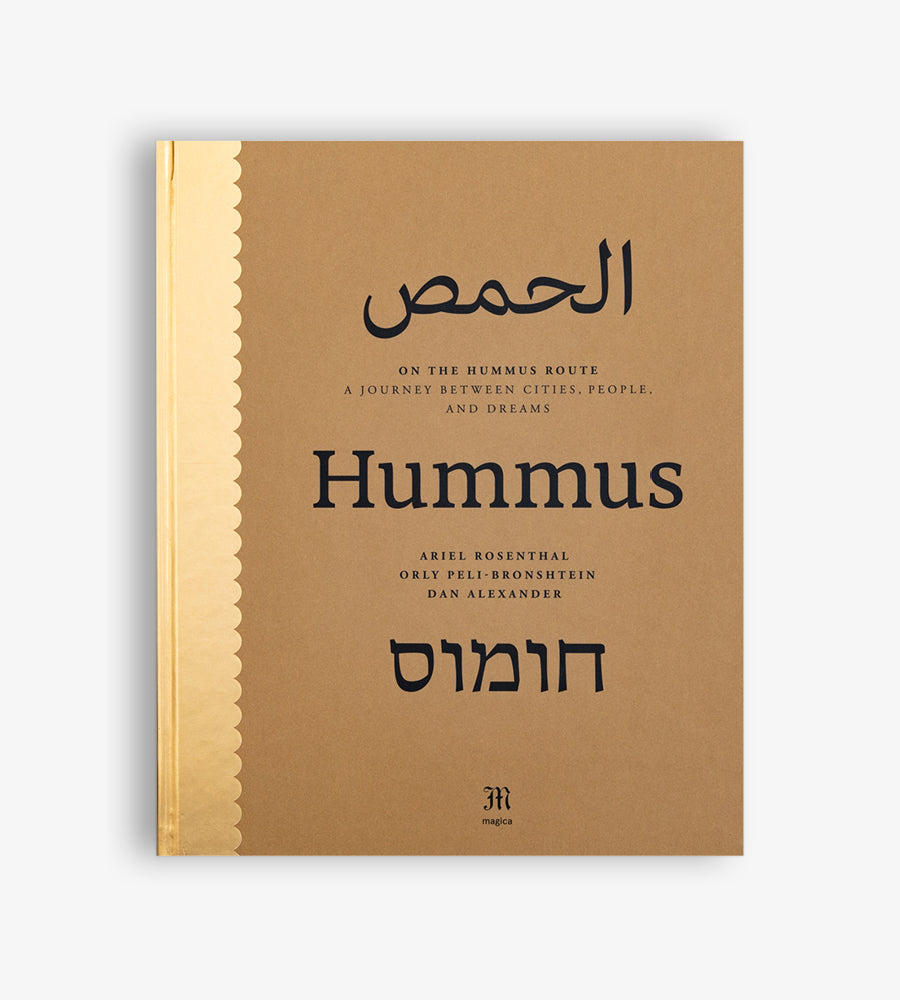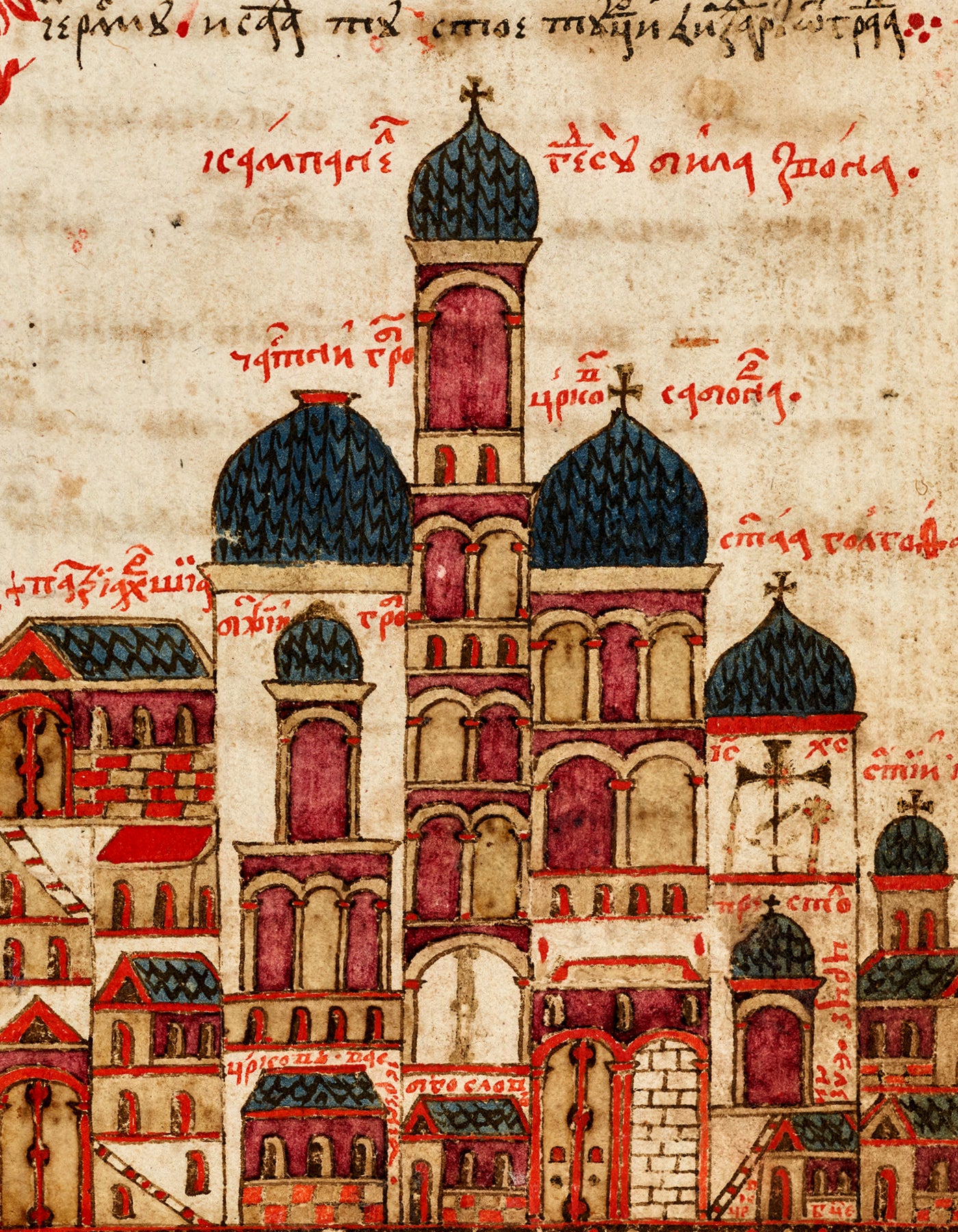
A Pilgrim’s Guide to the Holy Land
Shay Eshel

Orthodox Christianity has been ever-present in Jerusalem. From the Monastery of the Holy Cross in the beautiful valley between the Israel Museum and Rehavia to the hidden monastery of Saint Symeon above the Katamon neighborhood named after it (kata moni, in Greek, “beneath the monastery”), the legacy of Byzantine culture underlies the very structure of modern Jerusalem. Ironically, the Orthodox Church reached the peak of its influence in Muslim-era Jerusalem only after the Ottoman Empire had completely conquered and replaced Byzantium. The whole Eastern Mediterranean was suddenly under one rule with no borders, and Orthodox Christians living under Ottoman rule could and did travel safely to Jerusalem.
The seventeenth and eighteenth centuries thus witnessed a growing and steady flux of Orthodox pilgrims from Constantinople, Asia Minor, mainland Greece, the Balkans, Russia, and the Caucasus Mountains. All these pilgrims needed places to stay, local guides to show them the secrets of the Holy City in their own language, souvenirs, and written guides to the holy sites known as proskynetaria. These guidebooks, initially written in Greek but quickly translated into every possible Orthodox language, were meant to serve the pilgrims not only as guides during their stay in Jerusalem but also as souvenirs of their visit and were often beautifully illustrated. As for the texts themselves, the proskynetaria were anything but dry descriptions of holy sites and contained hagiographies, miracle stories, and sayings of the Church and Desert Fathers. This outstanding example of a Serbian proskynetarion, dating to 1662, shows a combination of imagination and historical truth in its depiction of Christian pilgrimage sites.


